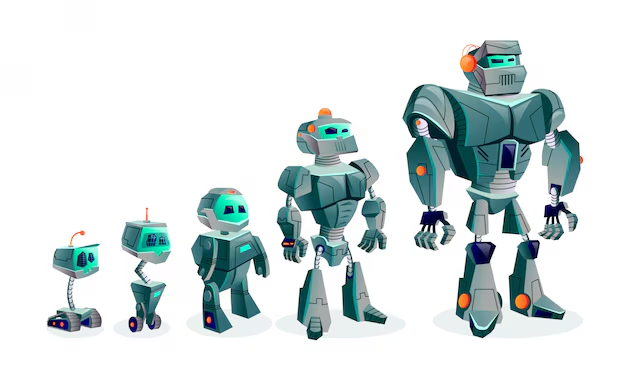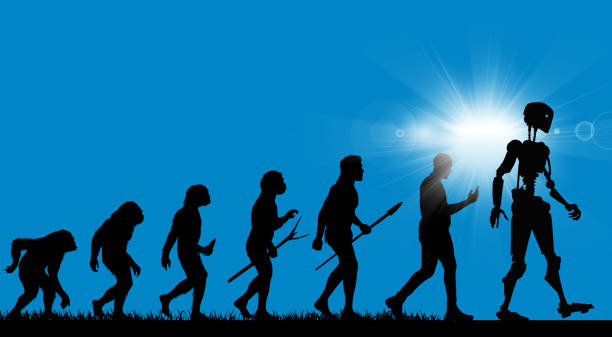Robot Origins: Mapping the National Identity of Machines
Robots are no longer just machines; they are cultural products. Just like art, cuisine, or architecture, robots carry the fingerprints of the nations that create them. Their birthplace matters because it defines not only technological style but also market philosophy, strengths, and weaknesses.
Below, we explore the world’s major “robot bloodlines.”
AmericaBots – The Pioneers of Innovation
Strengths:
-
Bold vision: pushing humanoids, autonomous vehicles, space robotics.
-
Private-sector speed: driven by startups and big tech (Boston Dynamics, Tesla, NVIDIA).
-
Global appeal: strong branding, trusted worldwide.
Weaknesses:
-
Expensive production costs.
-
Sometimes overhyped, prototypes not always practical.
-
Regulatory challenges around safety and ethics.
ChinaBots – The Titans of Scale
Strengths:
-
Mass manufacturing: affordable, rapid production.
-
Strong government support: subsidies, national AI strategies.
-
Integration with smart factories and logistics.
Weaknesses:
-
Perception issues abroad: trust, IP concerns.
-
Less focus on originality, more on adaptation.
-
Export restrictions due to geopolitics.
UKBots – The Ethical Engineers
Strengths:
-
Focus on research, healthcare, and AI ethics.
-
Strong academic ecosystem (Oxford, Cambridge, Imperial).
-
Precision-driven design.
Weaknesses:
-
Slower commercialization.
-
Smaller domestic market compared to US/China.
-
Risk of brain drain toward US tech hubs.
JapanBots – The Human-Friendly Companions
Strengths:
-
Excellence in humanoid and service robots (Honda ASIMO, SoftBank’s Pepper).
-
Deep cultural acceptance of robots as companions.
-
Reliability and precision manufacturing.
Weaknesses:
-
Aging society reduces workforce to scale projects.
-
Less aggressive global expansion.
-
Struggles to compete with China on costs.
EuroBots – The Continental Collaborators
Strengths:
-
EU regulations encourage safe, ethical robotics.
-
Strong industrial robotics (Germany, Switzerland, France).
-
Cross-border research projects.
Weaknesses:
-
Slower decision-making due to bureaucracy.
-
Fragmented markets by language and policy.
-
Less presence in consumer robotics.
Why Series Like This Matters
Just like people say “Made in Germany” for cars or “Made in Italy” for fashion, soon we’ll say “Born in America”, “Born in China”, or “Born in Japan” for robots. Their birthplace defines not just how they move, but why they exist.
This series—Robot Origins—will dive deeper into each lineage, comparing AmericaBots, ChinaBots, UKBots, JapanBots, EuroBots, and even IndoBots or KoreaBots in future articles.
Robots are not only machines; they are national identities in motion.
